The Music Industry and the Internet: Why it’s Not So Bad
“The Internet appears to be the most consequential technological shift for the business of selling music since the 1920s, when phonograph records replaced sheet music as the industry’s profit center”(1) says Lyor Cohen, CEO of Warner Music USA. The internet paved the way for filing sharing during the early part of the new millennium. Napster, the first file sharing network, showed the power of collective intelligence. Ever since then the record companies have been selling less CDs year to year. Unable to find new ways for profit many CD stores have been closing their doors. Does this mean people are listening to less music? Quite the opposite; purchased music online is on the rise and concerts are still selling out. However, almost nine years later the big record companies are still looking for ways to gain profit.
Napster
——————————————————————————————————————————————
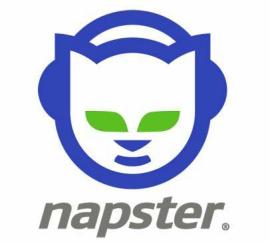
Figure 1. Napster
While attending Northeastern University the Brockton native Shawn Fanning created Napster. He was not the first person to think of the file sharing network, Hotline and USENET came before him, but he did make the first user friendly one that focused solely on mp3 sharing. As Napster gained popularity the music industry labeled it as theft. A&M Records took Napster to court for copyright infringement and the legal battle took over a year with the result of Napster having to pay the record companies $20 million. Metallica and Dr. Dre also filed a similar suit against Napster after they both contacted Napster to take down their music. By February of 2001 Napster had over 26 million users sharing millions of files. These legal battles took a toll on Napster and by July of 2001 they were forced to shut down their operation.

Figure 2.Wouldn’t want to steal their music
File Sharing Market
——————————————————————————————————————————————
I feel the record companies went about dealing with Napster in all the wrong ways. In hindsight, they had a market filled with millions people who wanted music. The record companies were quick to shut it down because they were stealing their products but what they did not see was the millions of people captured all in one place. After Napster shut down the internet gave birth to Bear Share, Lime Wire, Kazaa, and many other platforms for file sharing. The great market the music industry had under one roof was gone and may never be seen again. Many music industry executives stand by the decisions to shut Napster down but some disagree. “The record business had an unbelievable opportunity there. They were all using the same service. It was as if everybody was listening to the same radio station. Then Napster shut down, and all those 30 or 40 million people went to other [file-sharing services]”, says Jeff Kwatinetz, CEO of management company the Firm. We have heard from both sides of the argument but can file sharing really amount to a profitable venture for the music industry?
The Power of File Sharing
——————————————————————————————————————————————
The power of Napster will never be figured out fully because of its untimely closing after being in operation for only two years. Even early on music insiders have attributed many album successes to the file sharing network. For example, Radiohead was an English band with moderate success during the 1990’s. Their new album was leaked onto Napster and quickly became the most downloaded CD on the server (2). With the release date fast approaching the record company could already see a flop coming with Radiohead’s subpar performances in the past and now millions of people already having the album. Much to everyone’s surprise, the album title Kid A, was number #1 on the Billboard charts; topping Eminem, Madonna, Creed, ‘N Sync and Britney Spears. Since the band never had much mainstream success they were left the most perplexed about their albums achievement. The band Dispatch was a file sharing supporter from the start. Indie bands, like Dispatch, do not get much radio play so they thrived on their music being traded around so they could acquire a fan base. Dispatch promoted Napster at their concerts and even attended the Congressional hearings Napster was involved in. Recently, Dispatch became the first independent band to sell out the 20,000 seat Madison Square Garden in New York City; they also happened to do it three nights in a row (3). The record companies must be very stubborn to disregard this kind of valuable information. The record companies must find a way to work with the file sharing networks so that everyone can flourish.
iTunes
——————————————————————————————————————————————
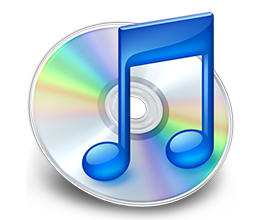
Figure 3. iTunes logo
iTunes was created by Apple in January of 2001 just as Napster was peaking and also being forced out of the industry. iTunes was a media player that helped organize your mp3s you already had on your computer; there was no download feature on iTunes to download illegally circulated music. iTunes had a very user friendly interface and it also had a new feature that separated itself from other media players of its kind. With iTunes, you could easily make playlists of different mp3s then burn them onto a CD. Also, in 2003 Apple opened up its iTunes Music Store where users could purchase digital music. Apple was able to offer this music after inking deals with all the major music labels (EMI, Universal, Warner, Sony Music Entertainment, and BMG). Apple separated iTunes from the pack again when they offered these songs at 99 cents/song without a monthly subscription. Many of Apples competitors were charging per song but also a monthly fee. It did not take long for the convenience of this service to take off. Within a year 50 million songs were downloaded from the iTunes music store. The music store was the largest of its kind featuring over 150 artists and over a half a million songs (4). Companies realized the promotional power of the iTunes music store and Pepsi, Coke, and 7-11 made deals to give away songs in exchange for the purchase of products. Coke teamed up with 7-11 and for the month of August 2005 whenever you bought a slurpee you could redeem it for one song on iTunes. The Gap clothing company even jumped into the action giving away vouchers for free songs on the iTunes music store every time someone tried on a pair of jeans (5). Currently, Apple estimates that the iTunes music store has over 8 million songs in its entire catalog of music. Recently they celebrated 5 billion songs sold in the music store in June of 2008. As of April 3rd, 2008 the iTunes music store became the largest retailer of music, passing Best Buy and Wal-Mart (6). We now can see why CD sales are down, because millions of people are shifting to buying single tracks online rather than whole CDs in stores. How does this affect the artist making the music?
Live Music
——————————————————————————————————————————————

Figure 4. Bon Jovi, entertaining all 2 million fans.
The numbers are in for the highest grossing tour for 2008. Bon Jovi topped the list with $210.6 million and entertaining 2,157,675 million fans along the way. Also in the top 3 are Bruce Springsteen with $235 million and Madonna with $175 million and her tour is still underway (7). Looking at these numbers I do not think the artists are taking that big of a hit from the internet file sharing. In fact, the touring industry grossed just about $4 billion this year, with a 13% increase from last year (7). The record companies may be crying about the loss in CD sales but they get a cut from the touring industry which is hugely successful. We have already discussed how the file sharing networks have helped small unknown bands get their big break but how does it promote already established bands? Speaking from experience I can say that I do not own any Bruce Springsteen or Van Halen CDs but consider these bands to be in my top 10 favorite groups. My loyalty does not end there; I’m willing to pay over $100 per ticket (and I have) to see these acts play live in concert. Many more people must have the same sentiment because the numbers show concert attendance up 6.3% from last year (7).
With all this collected information we can see that more people are enjoying music then ever before. They are getting it from many different outlets such as illegal file sharing, online music stores, live concerts, and traditional CD shops. We see now that the record company’s failure to adapt to the changing technological environment has left them with lost profits. These profits were not completely lost; Apple figured out a way to make money off the file sharing phenomena. Yet, the live concert experience seems to reign supreme and continues to grow from year to year.
-JC Slick
References
1. http://www.rollingstone.com/news/story/15137581/the_record_industrys_decline/2
2. http://www.mp3newswire.net/stories/2000/radiohead.html
4. http://www.apple.com/pr/library/2004/mar/15itunes.html
5. http://www.gapinc.com/public/Media/Press_Releases/med_pr_GapFallJuly2805.shtml
6. http://www.apple.com/pr/library/2008/04/03itunes.html
7. http://www.billboard.com/bbcom/news/bon-jovi-scores-2008-s-top-grossing-tour-1003921575.story

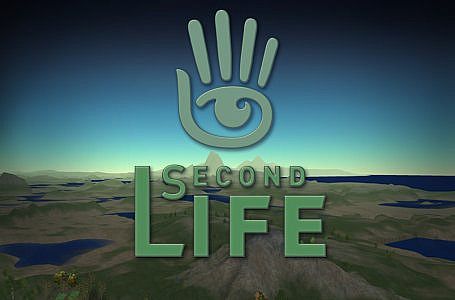

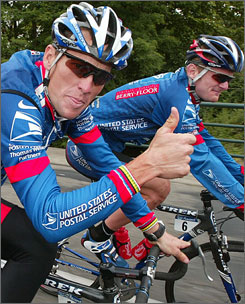
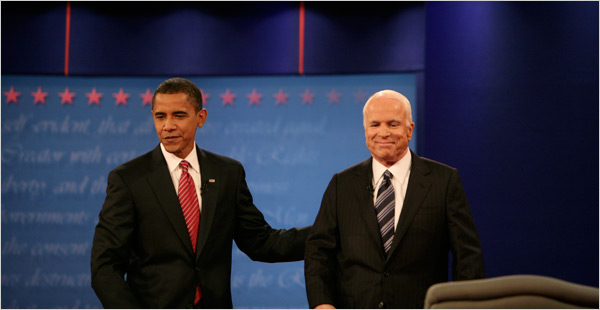

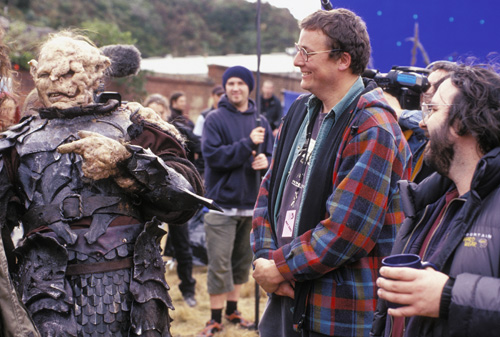


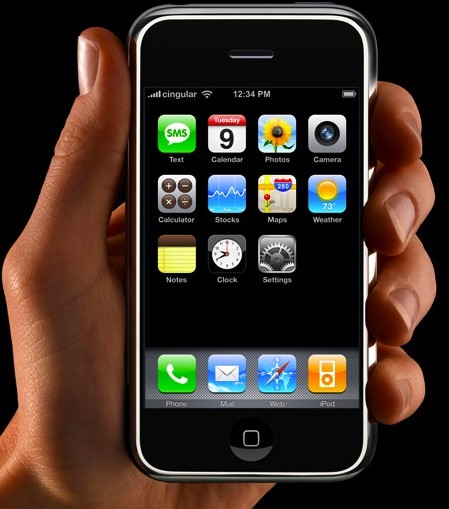
Recent Comments